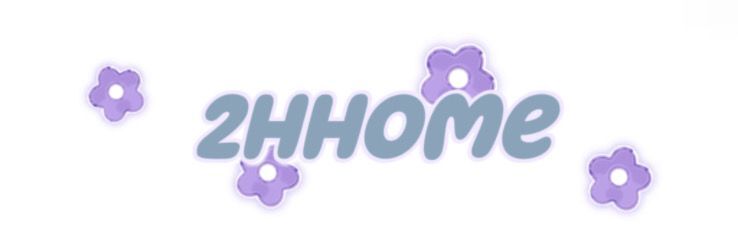EPE Foam Barrier Sheets vs. Traditional Foam: Which Is Better?
Yuanlong Packaging are exported all over the world and different industries with quality first. Our belief is to provide our customers with more and better high value-added products. Let's create a better future together.
Understanding EPE Foam Barrier Sheets
EPE (Expandable Polyethylene) foam barrier sheets serve as a lightweight and efficient protective option. Their closed-cell design guarantees impressive moisture resistance and resilience, making them perfect for a wide range of uses, including packaging and insulation.
Key Advantages of EPE Foam Barrier Sheets
- Lightweight: EPE sheets are considerably lighter than traditional foam alternatives, which translates to lower shipping costs and easier handling.
- Moisture Resistance: With a closed-cell structure, these sheets absorb minimal moisture, safeguarding the contents from humidity.
- Durability: EPE foam sheets can endure physical stress and keep their shape over time, offering a long-lasting protective solution.
Examining Traditional Foam Options
Traditional foams like polyurethane and polystyrene have been staples in the packaging and insulation industries for years. They come with their own benefits as well as some downsides.
Advantages and Disadvantages of Traditional Foam
- Pros:
- Provides good cushioning for delicate items.
- Available in different densities and thicknesses.
- Cons:
- Typically heavier than EPE foam, increasing shipping expenses.
- More likely to suffer from moisture damage unless treated or coated.
Comparison: EPE Foam Barrier Sheets vs. Traditional Foam
Choosing between EPE foam barrier sheets and traditional foam involves evaluating parameters like application, cost, and environmental impact.
Application Suitability
EPE foam excels in lightweight packaging and insulation, especially in moisture-sensitive environments. In contrast, traditional foam is optimal for heavy-duty applications that require superior cushioning.
Cost-Effectiveness
While the initial price for EPE sheets might be marginally higher, their durability and reusability could yield savings over time. Traditional foam may appear less expensive at first, but its vulnerability to deterioration could lead to increased replacement costs.
Environmental Considerations
As sustainability gains importance, EPE foam emerges as a more eco-friendly choice. It is recyclable and can be composed of recycled materials. On the other hand, traditional foam often poses difficulties related to disposal and recycling.
Final Thoughts: What’s the Best Choice?
In conclusion, the decision between EPE foam barrier sheets and traditional foam depends primarily on your unique requirements. If you prioritize lightweight, moisture-resistant, and durable protection, EPE foam is the clear favorite. However, for applications needing heavy-duty cushioning, traditional foam still offers advantages. Be sure to evaluate your needs carefully to ensure a beneficial choice that maximizes both performance and cost-efficiency.
If you are looking for more details, kindly visit our website.
123
0
0

Comments
All Comments (0)